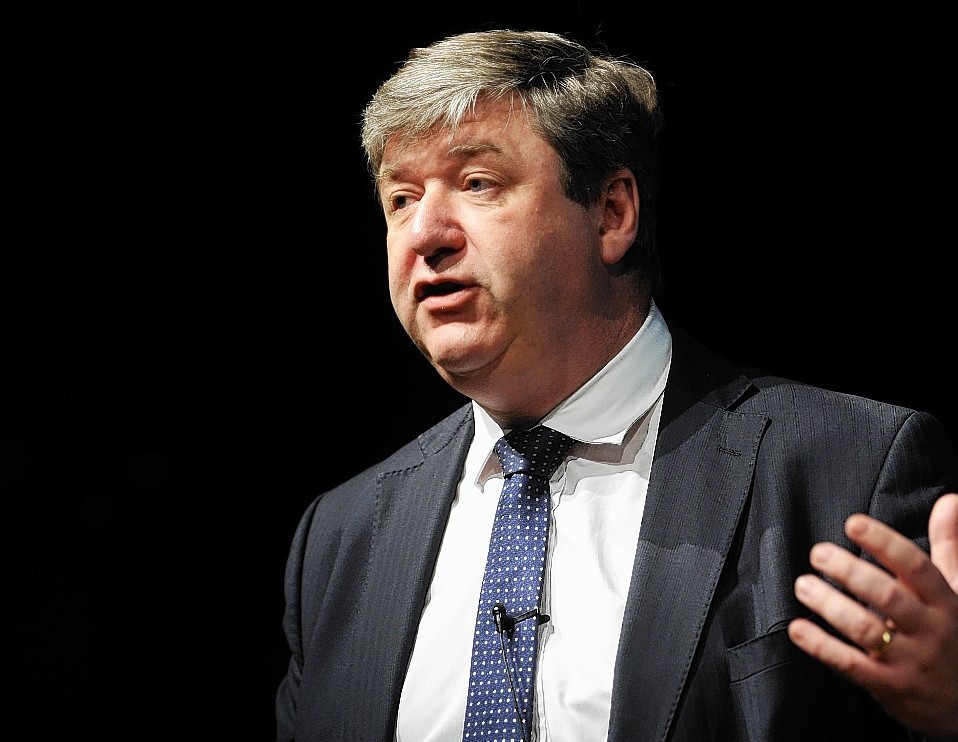The Scottish Government is today accused of leaving the nation’s island communities behind as superfast broadband is rolled out across the country.
Northern isles MP Alistair Carmichael made the claim as a new report showed rural premises are consistently suffering lower average broadband speeds than in other regions.
The Scottish Government and Highlands and Islands Enterprise (HIE) appointed BT to extend Scotland’s fibre broadband network in 2013.
Audit Scotland’s latest review of the £412million project revealed that 26 of the 32 council areas have met contractual targets for coverage.
And it said 2.2 million out of 2.6 million homes and businesses (86%) had access to fibre broadband by March this year, 1% more than the original target.
But it also concluded the outstanding areas are “rural or remote” and so “likely to need more complicated and costly engineering solutions”.
These include Orkney, Shetland and the Western Isles – where last month around half of premises were unable to receive 10 Mb/s – as well as parts of the Highlands.
Former Scottish secretary Mr Carmichael said: “This report confirms that yet again our island communities have been left behind by the Scottish Government.
“The communities that need superfast broadband most and which could benefit most from it are those which are being left to last.”
Labour’s Rhoda Grant also raised concerns, adding that concentrating on the “easier to reach” areas would of course indicate good progress.
And Scottish Conservative connectivity spokesman Jamie Greene insisted people deserved “realistic, properly-funded and achievable guarantees” on when superfast broadband is coming.
Rural Secretary Fergus Ewing welcomed the progress documented in the report, but recognised there was “much more we can do at a Scotland-level to extend coverage, particularly to rural areas”.
He added: “That is why we have made the commitment that 100% of properties across Scotland will be able to access superfast broadband by 2021.”
Liz Mallinson, fibre broadband director for BT Scotland, said high-speed had now reached some very small and remote communities, including parts of Shetland, Orkney and the Outer Hebrides, none of which were included in the market’s commercial investment plans.
She added: “We agree there’s more to do and remain fully committed to supporting Scotland’s digital ambition.”
In November last year, the UK Government announced that it would introduce a universal service obligation to ensure all premises can receive a minimum of 10 Mb/s from their broadband provider.
